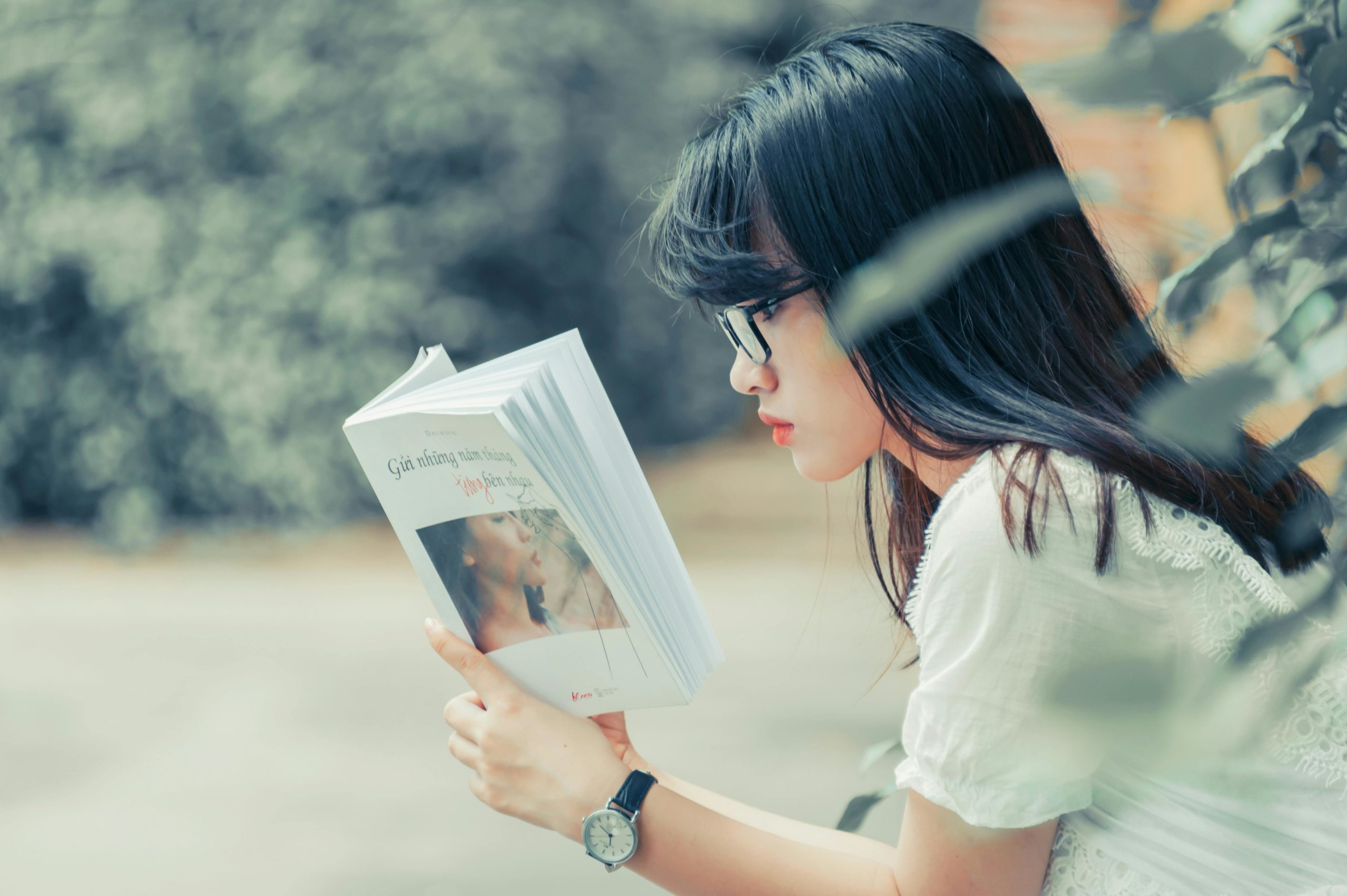Beauty has always held a significant place in human culture, shaping perceptions, influencing interactions, and even defining historical eras. In the world of literature, particularly in historical novels and biographies, beauty serves as more than just a superficial attribute—it is a multifaceted aspect that reflects societal values, cultural norms, and personal identity.
In this article, we delve into the role of beauty in historical novels and biographies, exploring its complexities, its impact on storytelling, and its enduring relevance across time and space.
Beauty as a Narrative Device
In historical novels and biographies, beauty often serves as a potent narrative device, imbuing characters and settings with depth, complexity, and intrigue.
Whether it’s the ethereal beauty of a royal consort or the rugged charm of a charismatic leader, descriptions of physical appearance help to establish character traits, motivations, and relationships, enriching the storytelling experience for readers.
Beauty can also function as a reflection of societal norms and cultural ideals, providing insight into the values and beliefs of a particular time period. For example, in novels set during the Renaissance era, beauty is often synonymous with wealth, power, and privilege, with characters striving to attain or maintain their status through physical appearance.
Conversely, in narratives set during times of upheaval or social change, beauty may be portrayed as a fleeting or superficial attribute, overshadowed by more pressing concerns such as survival or resistance.
Beauty and Identity
In addition to its role as a narrative device, beauty plays a crucial role in shaping individual identity and self-perception in historical novels and biographies.
Characters often grapple with the expectations and limitations imposed by societal standards of beauty, struggling to reconcile their own desires and aspirations with external pressures to conform.
For protagonists who deviate from conventional beauty standards, such as those with disabilities or unconventional features, beauty becomes a source of conflict, insecurity, or empowerment.
Their journey towards self-acceptance and self-empowerment serves as a compelling narrative arc, resonating with readers who may themselves grapple with issues of identity and belonging.
The Power Dynamics of Beauty
In historical novels and biographies, beauty is also intricately linked to power dynamics, influencing interpersonal relationships and social hierarchies. Characters who possess beauty often wield it as a form of currency, leveraging their physical attractiveness to gain advantage, manipulate others, or navigate treacherous political landscapes.
Conversely, characters who lack conventional beauty may find themselves marginalized or oppressed, forced to navigate a world where their worth is determined by superficial standards beyond their control.
These power dynamics are often fraught with tension and ambiguity, highlighting the complex interplay between beauty, privilege, and agency in historical contexts.
Beauty and Representation
Historical novels and biographies also offer an opportunity to explore diverse perspectives and challenge conventional notions of beauty and identity.
By centering narratives around characters from marginalized or underrepresented communities, authors can subvert traditional beauty norms and celebrate the richness and diversity of human experience.
Through vivid descriptions and empathetic storytelling, authors can convey the beauty inherent in resilience, compassion, and inner strength, transcending physical appearance to celebrate the inherent worth and dignity of all individuals.
By amplifying voices that have historically been silenced or marginalized, historical novels and biographies can inspire readers to question prevailing beauty standards and embrace a more inclusive and expansive vision of beauty.
Conclusion
In historical novels and biographies, beauty serves as a multifaceted and powerful narrative device, shaping characters, settings, and themes in complex and nuanced ways. From its role as a reflection of societal norms and cultural ideals to its impact on individual identity and power dynamics, beauty weaves its way through the fabric of history, leaving an indelible mark on the stories we tell and the characters we remember.
FAQs
Q1: How do historical novels and biographies portray beauty differently from contemporary fiction?
Historical novels and biographies often contextualize beauty within the social, cultural, and political realities of a specific time period, whereas contemporary fiction may focus more on individual or universal experiences of beauty.
Q2: Can historical novels and biographies challenge traditional beauty norms?
Yes, historical novels and biographies have the power to challenge traditional beauty norms by featuring characters from diverse backgrounds and experiences and highlighting the beauty inherent in resilience, compassion, and inner strength.
Q3: Why is beauty such a prevalent theme in historical literature?
Beauty has long been a source of fascination and intrigue in human culture, reflecting societal values, cultural ideals, and personal identity. In historical literature, beauty serves as a potent narrative device, enriching storytelling and offering insights into the complexities of the past.
Authors often conduct extensive research into historical sources, including art, literature, and primary documents, to accurately depict beauty standards and practices of a particular time period. They may also consult experts in fields such as history, art history, and anthropology to ensure authenticity and fidelity to historical context.
Q5: Can historical novels and biographies inspire readers to reconsider their own perceptions of beauty?
Yes, historical novels and biographies have the power to inspire readers to reconsider their own perceptions of beauty by offering diverse perspectives and challenging conventional norms. By empathetically portraying characters from a range of backgrounds and experiences, authors can encourage readers to embrace a more inclusive and expansive vision of beauty.



